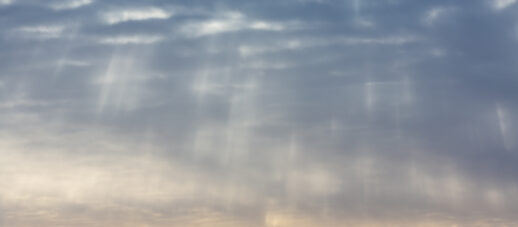NOTE: Shop will be closed until February 14th, 2025 while I am in the field on Sable Island

Since 1997 I have been working as a seal biologist on a remote island off the coast of Nova Scotia called Sable Island. Initially, my view of this wonderful place was of science; that is where my focus was for many years. In recent years however, my interest and practice in Miksang has allowed me to truly appreciate this island for what it is. Although I have been working on this island for more than 20 years, every time I go, I see something different; the images I bring home are different to those I took in the previous years. The reason is because Miksang allows one to see things as they are and this island changes continuously.

During the day, my mind is focused on the research of course. But over the time I have worked on this island I have been able to develop an openness to my environment and to flip my mind from work to seeing. Being in an open, wild, natural environment one’s mind is very relaxed and open.
All day I am outside working amongst the seal colony. We do not walk anywhere, rather we drive All-Terrain-Vehicles due to the distances we need to travel, the gear we are carrying and the risk of seal bites (!).

All of the perceptions shown here occurred during my regular day. When driving, my mind is open to the environment around me which is forever changing. A perception can occur, for whatever reason, at any moment. It will just appear. The first ‘act’ of seeing a perception is the inner sense speaking out and then, immediately after, the chatter starts. The chatter dilutes the strength of this inner sense and the perception starts to fade. So, when the inner sense first speaks, I brake, get off my ATV and get my camera out.

It is so easy to keep driving; to develop a dialogue of whether I actually saw anything, or that what I saw was not a very strong perception, or interesting, so why stop? I always stop.


There is certainly a trap door once one has stopped to see the perception. I often will see something adjacent that is interesting, and it can certainly pull you away from the core of the perception. If you lack the confidence or the strength to stay with the core, the image that results is not strong, doesn’t feel right; you know you are cheating your inner self.

The practice of Miksang is very much a contemplative exercise and allows one to see much deeper than one normally does with traditional photography. Once one becomes proficient in the practice, the world appears brighter, more vivid and accessible. My experience with Miksang on Sable Island offers a good example. I often describe Sable Island as raw, not because of its isolated location but because one is surrounded by both new life and death; nature is at work.

Practising Miksang has allowed me to see and appreciate the beauty in this rawness. When I come across dried remnants of a seal placenta, because there is no labelling or judgement, I can see the rich colours, vivid texture and its contorted shape on the sand. The image of the dead seal with its head hanging over a sand cliff would normally repel an onlooker, but when I saw this, I was immediately stopped by its starkness, the blood-soaked sand, the triangular form of the body hanging over the cliff, the rough texture of its fur. All of these attributes were present and accessible to me because there was no barrier between my seeing and this rather raw expression of nature.

Of course, I do not need to be on Sable Island to experience such strong perceptions; they are ever present. One just needs to open their eyes and calm their minds to see them.

